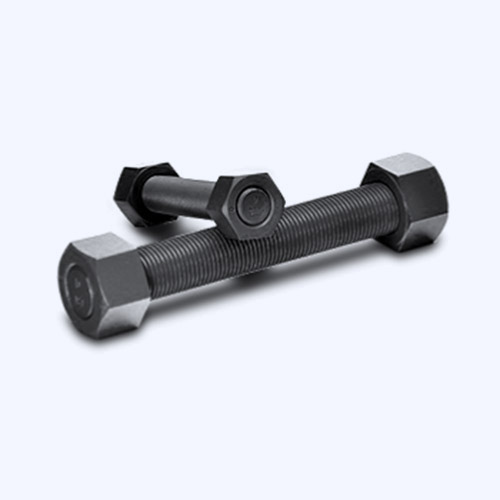Dez . 01, 2024 03:43 Back to list
I-Beam Bracket Options for Secure Construction and Support Systems
Understanding I-Beam Brackets An Essential Component in Structural Engineering
In the field of structural engineering, the choice of materials and components is critical to the integrity and durability of a building or other construction types. One such component that plays a vital role in the stability and strength of various structures is the I-beam bracket. This article aims to provide an overview of I-beam brackets, their significance, applications, and some important considerations when selecting and installing them.
What is an I-Beam Bracket?
An I-beam bracket is a specialized fixture typically made from steel, designed to support and connect I-beams in construction projects. The ‘I’ shape of the beam is critical to its structural performance, as it allows for efficient distribution of stresses and loads. I-beams are a popular choice for construction due to their strength-to-weight ratio, making them ideal for supporting heavy loads without excessive material use.
I-beam brackets serve as connectors that secure the beams in place, ensuring that they maintain their alignment and stability under various conditions such as wind loads, seismic activity, and the weight of the structure itself. By firmly attaching beams to columns, walls, or other structural elements, these brackets help create a robust framework that can withstand the forces it encounters.
Importance of I-Beam Brackets in Construction
1. Structural Stability One of the primary functions of I-beam brackets is to enhance the overall stability of a structure. By providing secure connections between beams and other components, they help prevent misalignment and potential failures.
2. Load Distribution I-beam brackets play a crucial role in load distribution across various parts of a structure. They help in transferring loads between beams, ensuring that no single component bears too much weight, which could lead to structural failure.
3. Ease of Installation These brackets are designed to facilitate quick and efficient installation. Their standardized sizes and shapes allow for easy integration into various construction designs, helping to expedite the building process.
4. Versatility I-beam brackets can be used in a variety of construction applications, including residential homes, commercial buildings, bridges, and industrial facilities. This versatility makes them a popular choice among engineers and builders alike.
5. Cost-Effectiveness While the initial cost of I-beam brackets may vary depending on material and design specificity, their role in preventing structural failures can save significant costs in repairs and reinforcement over time.
Types of I-Beam Brackets
There are several types of I-beam brackets, each tailored for specific applications and load requirements
. Some common types includei beam bracket

- Single Plate Brackets Simple and effective, these brackets can be attached to a single beam and provide basic support.
- Corner Brackets Useful in creating joints between beams, these brackets can reinforce angles and provide additional support at corners.
- Double Angle Brackets These are designed to connect beams at various angles and provide enhanced strength in load-bearing scenarios.
- Adjustable Brackets These allow for some level of adjustment during installation, which can be beneficial in ensuring precise alignment.
Considerations When Selecting I-Beam Brackets
When choosing I-beam brackets for a project, several factors must be considered
1. Load Requirements The weight and type of loads that the brackets will support should be clearly defined. This will dictate the size and strength of the bracket needed.
2. Material While steel is the most common material for I-beam brackets due to its high strength, other materials may be suitable depending on environmental conditions.
3. Corrosion Resistance In settings where exposure to moisture or corrosive substances is a concern, it's essential to choose brackets with suitable protective coatings to prevent rust and decay.
4. Regulatory Compliance Always ensure that the selected brackets comply with local building codes and regulations to guarantee structural safety and integrity.
Conclusion
I-beam brackets are an indispensable component in modern construction, offering structural stability, load distribution, and ease of installation. With a variety of types available and specific considerations to keep in mind, selecting the right I-beam bracket is crucial to the success of any construction project. As engineering continues to evolve, the importance of these simple yet vital components remains ever-present in ensuring the safety and durability of our built environment.


